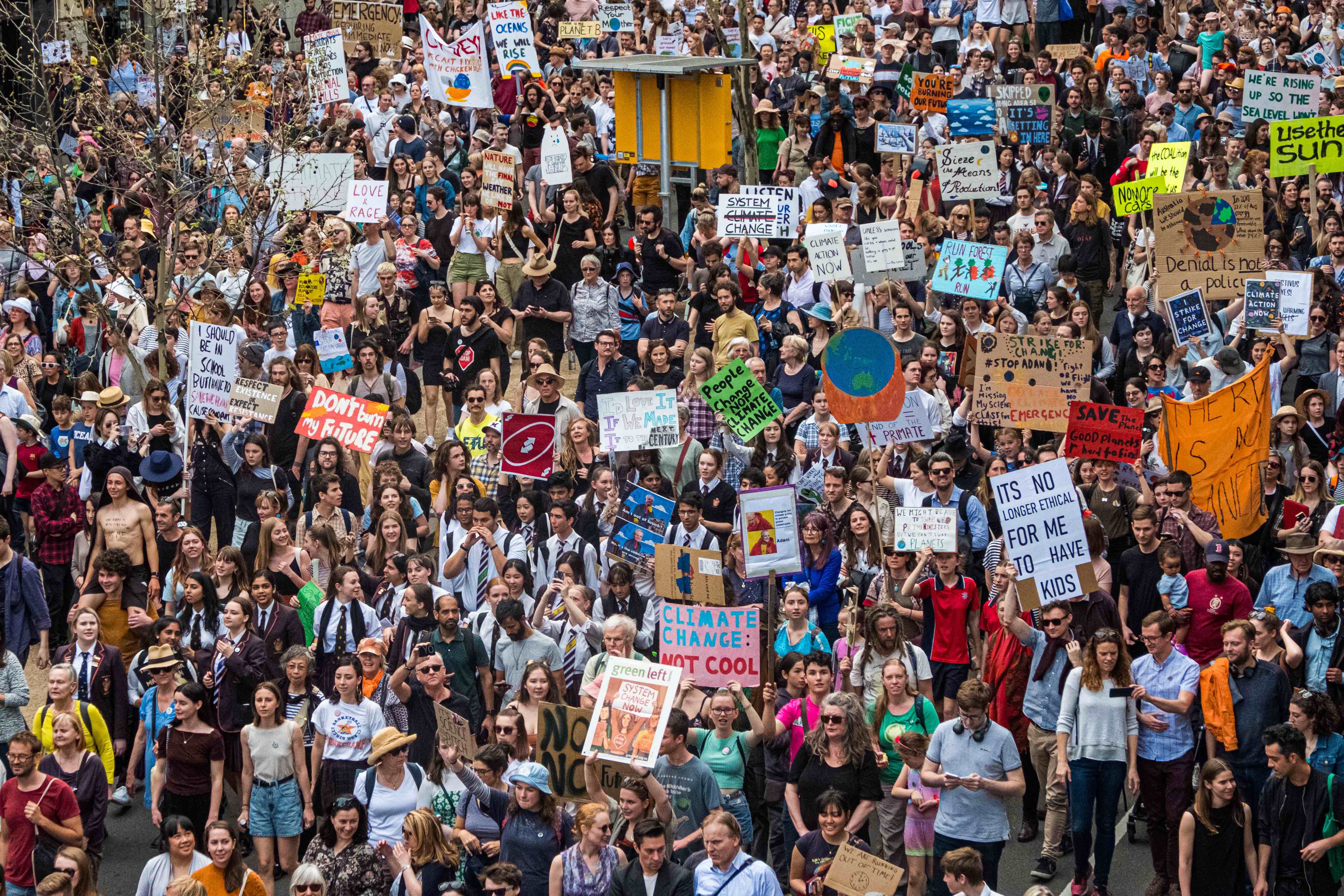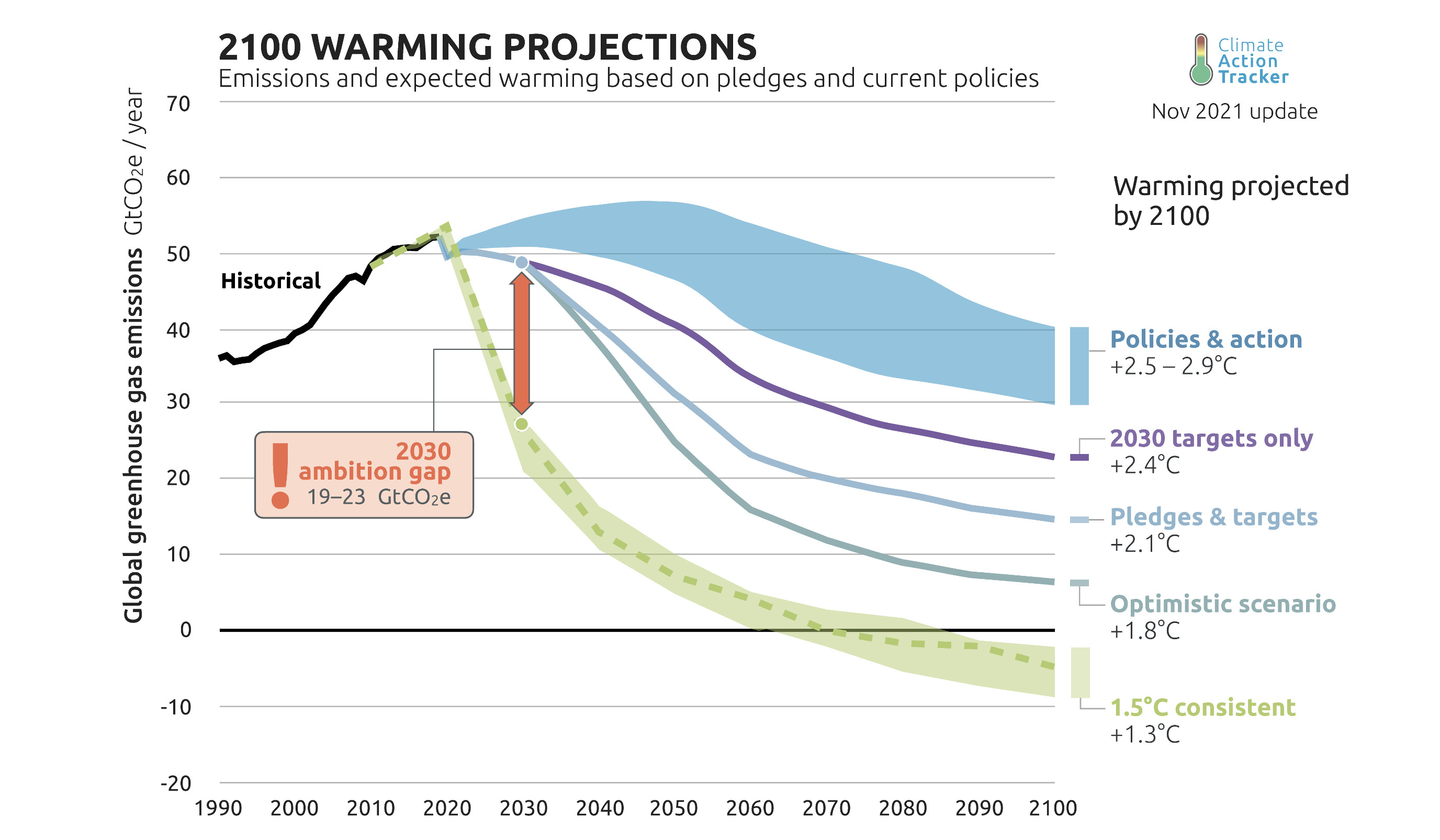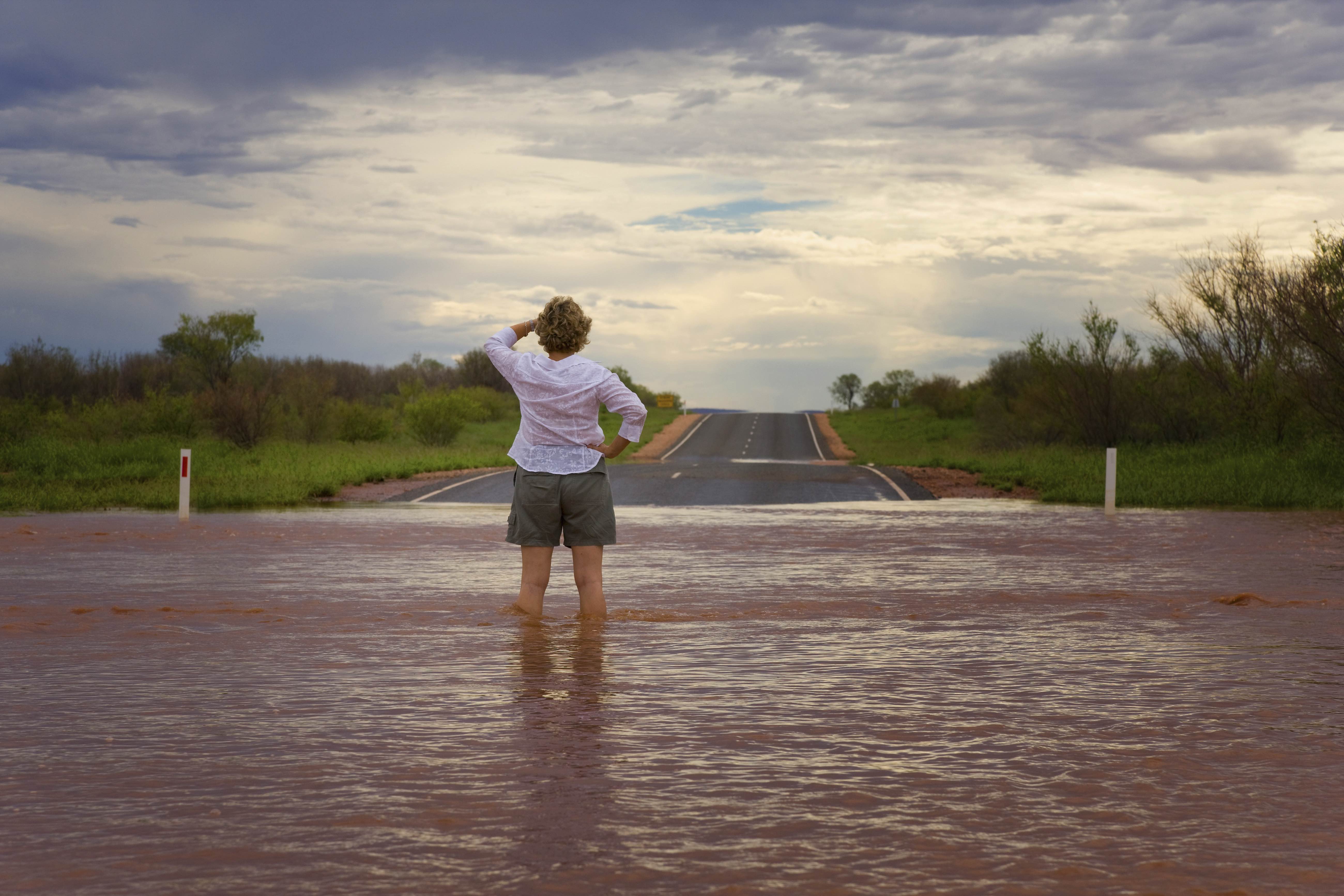
Disconnect: Climate change and the Australian election

Climate change is one of the top issues for the majority of Australian voters, so why are the major parties ignoring it ahead of the election?
Published 11 May 2022
The televised debates between the Prime Minister and the Leader of the Opposition leading up to the election on 21 May have almost completely ignored climate change and the urgent action that is needed to address it.
In contrast, recent polls have reported that action to address climate change is one of the top three issues for the majority of Australian voters.

In early April, the Secretary General of the United Nations Antonio Guterres said:
“We are on a pathway to global warming of more than double the 1.5°C limit agreed in Paris. Some Government and business leaders are saying one thing, but doing another. Simply put, they are lying. And the results will be catastrophic. This is a climate emergency… High-emitting Governments and corporations are not just turning a blind eye, they are adding fuel to the flames.”
The most comprehensive scientific updates on climate change, its impacts and its solutions were released in 2021 and 2022 in the first three volumes of the Sixth Assessment Report of the Intergovernmental Panel on Climate Change (IPCC).

There’s no doubt that human-caused emissions of greenhouse gases have warmed the atmosphere, ocean and land. Global surface temperature has increased by 1.1°C in the most recent decade compared with 1850 to 1900, with larger warming over land than the ocean.
Carbon dioxide concentrations in the atmosphere have increased by more than 40 per cent since around 1750 as a result of land clearing and burning fossil fuels, and are now higher than at any time over the last million years.
Australia’s climate has warmed on average by 1.4°C since national records began in 1910, leading to an increase in the frequency of extreme heat events.
A comparison of the observed Australian decadal temperature variations with those simulated by global climate models shows that the observed warming trend can only be explained by human-caused emissions of greenhouse gases.

The IPCC global assessment of the impacts of climate change includes a chapter on Australia and New Zealand.
The associated two-page Fact Sheet for Australasia identifies nine high-confidence key climate risks. These include:
Loss … of coral reefs … due to marine heatwaves
Increase in heat-related mortality … for people and wildlife due to heatwaves
Cascading impacts on cities, settlements, infrastructure and services due to wildfires, floods, droughts, heatwaves, storms and sea-level rise
Inability of institutions and governance systems to manage climate risks

Sciences & Technology
Why are our rainforests burning?
Australia is one of the developed countries most at risk from the adverse impacts of climate change.
The Black Summer bushfires in 2019-20 and the floods in south-east Queensland and New South Wales earlier this year clearly demonstrated the inabilities of governments at national, state and local levels to manage climate risks.
Global surface temperature will continue to increase until at least the mid-century under all emissions scenarios considered.
Global warming of 1.5°C and 2°C will be exceeded during the 21st century unless deep reductions in carbon dioxide and other greenhouse gas emissions occur in the coming decades.
Every tonne of carbon dioxide emissions adds to global warming. Every increase in global warming adds to the changes in the climate system, increasing the frequency and intensity of hot extremes, marine heatwaves, and heavy rainfall.

Even if all countries meet their current emission reduction pledges and targets, global warming is expected to exceed two degrees, with much greater impacts across Australia.
The UN Framework Convention on Climate Change states that developed countries should take the lead in combating climate change.
But Australia makes a disproportionately large contribution to global greenhouse gas emissions. It has only about 0.3 per cent of the global population but contributes about 1.3 per cent of global emissions. It has the highest per capita emissions of any developed country.

Independent assessment of Australia’s fair share of global efforts to meet the Paris Agreement targets indicates that Australia’s emission reductions should be much greater than its current commitments.
They conclude that for Australia to meet its Paris Agreement obligations to limit global warming to 1.5°C with a 50 per cent chance, its 2030 target for emission reductions should be 74 per cent relative to 2005 emissions, and net zero emissions by 2035.
The Climate Change Performance Index 2022 ranked Australia last in the world for climate policies, stating that the Australian government’s policies are
“…insufficient for decarbonising the economy, reducing the use of fossil fuels, promoting renewable energy, and setting out how national GHG emissions will be reduced. The government does not have any policies on phasing out coal or gas.”

The policies of both the Australian government and the Labor Party Opposition support continued coal mining and increasing natural gas extraction and export, as well as continued government funding for fossil fuel use in Australia.
Because every tonne of carbon dioxide emissions adds to global warming, these policies are choosing to make global warming worse.
Your vote at the national election allows you to make a choice.
You can choose to support rapid and substantial reductions in greenhouse gas emissions and stronger action to adapt to the worsening impacts of climate change.
Or you can choose to make global warming worse.
Banner: Getty Images
